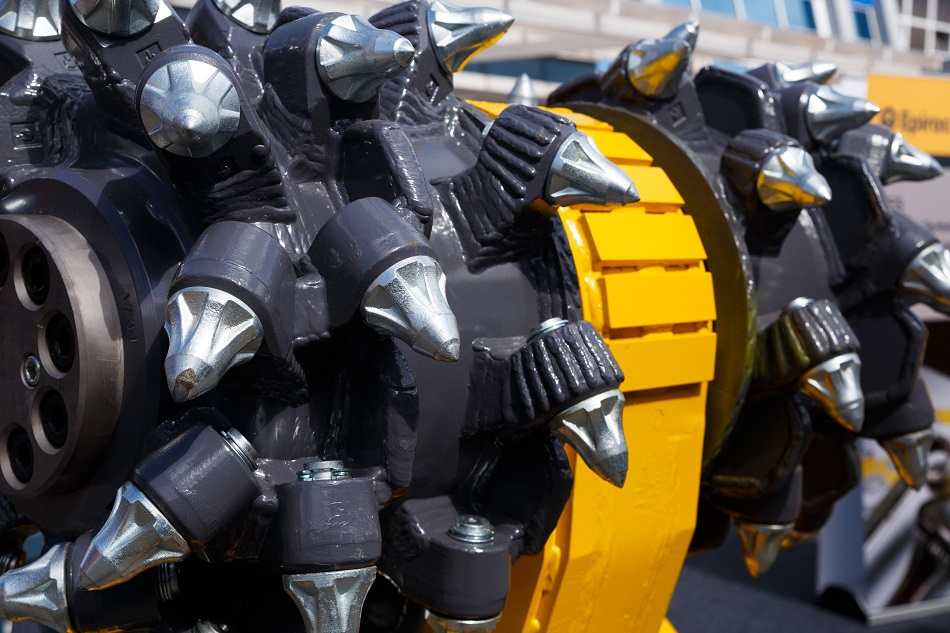
Image Credit: MadKill/Shutterstock.com
Mining technologies can be implemented to protect the integrity of buildings as mining projects safely endeavor below their foundations. Strip pillar technology, the 3-step method, and the newer wide strip backfill mining have been designed to minimize subsidence and reduce the potential impact to buildings when mining operations must occur beneath them.
Subsidence Prevents Mining Operations
Subsidence is a major drawback of the mining industry. It is the leading factor for preventing mining work from taking place beneath buildings. When the earth is removed deep underground, leaving it hollowed out to create spaces for mining operations, the result can be a downward movement of the earth on top, resulting in buildings’ foundations becoming weakened. This can then cause a building to sink into the earth or collapse entirely.
Numerous tactics have been devised to reduce the impact of subsidence and allow mining operations to continue. This is important to the modern mining industry as the world becomes more and more urbanized.
Strip Pillar Mining
Strip pillar mining technologies have been developed to reduce the negative impact of subsidence. The main benefit of this kind of mining is that it can reduce the overburden strata, and therefore reduce subsidence and surface deformation. Studies have found that in comparison to longwall mining, strip pillar mining can protect buildings on the surface from becoming damaged. However, it does have its drawbacks, such as its low mining efficiency and frequent face move.
3-Step Mining
3-step mining was contrived to lessen the subsidence and deformation to the ground from mining operations. Over a decade ago, experts analyzed the advantages and shortcomings of various mining techniques and considered how each impacted subsidence. Their evaluations led them to propose the 3-step mining technique to make mining under buildings safer.
The method consists of the techniques of strip mining, e.g. grouting to fill and consolidate the caving zone and retained strip pillar mining. Evidence has shown that implementation of the 3-step method can result in control of the ground subsidence factor to a value of 0.25, alongside an 80-90% coal recovery rate.
Wide Strip Backfill Mining
Last year a paper was published in the Sustainability journal which outlined that an innovation in mining was proposed to minimize the environmental hazards of carrying out critical mining work under buildings. Researchers proposed their innovation, wide strip backfill mining (WSBM). The team had created a methodology that combined backfill mining with strip mining. The method was analyzed and it was found to be a successful method for controlling the subsidence of large-scale (critical) mining projects.
The method works partly because the space allowing for the overburden to move, and the height of the fracture zone in this overburden are less than those in caving mining. The roof strata also maintains continuity through the use of pillars.
This method has been effective in allowing mining to occur under buildings, railways, and water bodies.
Using these methods, mining can continue below buildings without the unwanted cost of removing the structures, or the cost of paying for repairs to buildings caused by subsidence related damages. As the world’s surface becomes more and more occupied by infrastructure, homes, offices and commercial properties, research into methods than reduce disturbance to the ground is essential. We can expect to see further developments of these methods which reduce the impact of subsidence, allowing mining to safely continue below the surface of buildings.
Sources and Further Reading
Disclaimer: The views expressed here are those of the author expressed in their private capacity and do not necessarily represent the views of AZoM.com Limited T/A AZoNetwork the owner and operator of this website. This disclaimer forms part of the Terms and conditions of use of this website.